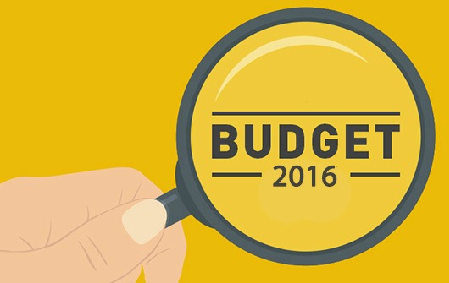The advice provided on this newsletter and the links to the websites is general advice only. It has been prepared without taking into account your objectives, financial situation or needs. Before acting on this advice you should consider the appropriateness of the advice, having regard to your own objectives, financial situation and needs. If any products are detailed on this website, you should obtain a Product Disclosure Statement relating to the products and consider its contents before making any decisions.
Deed Dot Com Dot Au Pty Ltd disclaim all and any guarantees, undertakings and warranties, expressed or implied, and shall not be liable for any loss or damage whatsoever (including human or computer error, negligent or otherwise, or incidental or consequential loss or damage) arising out of or in connection with any use or reliance on the information or advice on this newsletter. The reader must accept sole responsibility associated with the use of the material on this newsletter, irrespective of the purpose for which such use or results are applied. The information on www.trustdeed.com.au is no substitute for financial advice.



 Superannuation has been a strong focus of this year’s Federal Budget.
Superannuation has been a strong focus of this year’s Federal Budget. 
 From 1 July 2017, Individuals aged 65 year or over (and up to the age of 74) will be able to make contributions without satisfying a work test. The work test is currently working 40 hours in a 30-day period in the financial year in which you plan to make the contribution.
From 1 July 2017, Individuals aged 65 year or over (and up to the age of 74) will be able to make contributions without satisfying a work test. The work test is currently working 40 hours in a 30-day period in the financial year in which you plan to make the contribution. Threshold for extra 15% superannuation contributions tax reduced from $300,000 to $250,000 from 1 July 2017
Threshold for extra 15% superannuation contributions tax reduced from $300,000 to $250,000 from 1 July 2017 The existing non-concessional contribution cap (NCC) arrangements of $180,000 per year or $540,000 with 3 year bring forward rule for those under 65 will be abolished, to be replaced by a lifetime non-concessional cap of $500,000. The new cap will take into account all non-concessional contributions made on or after 1 July 2007, and will commence at 7.30 pm (AEST) on 3 May 2016. The lifetime cap will be indexed annually in line with wages growth.
The existing non-concessional contribution cap (NCC) arrangements of $180,000 per year or $540,000 with 3 year bring forward rule for those under 65 will be abolished, to be replaced by a lifetime non-concessional cap of $500,000. The new cap will take into account all non-concessional contributions made on or after 1 July 2007, and will commence at 7.30 pm (AEST) on 3 May 2016. The lifetime cap will be indexed annually in line with wages growth..png)
.jpg) Between 11 am and 3 PM - Lunch Provided
Between 11 am and 3 PM - Lunch Provided